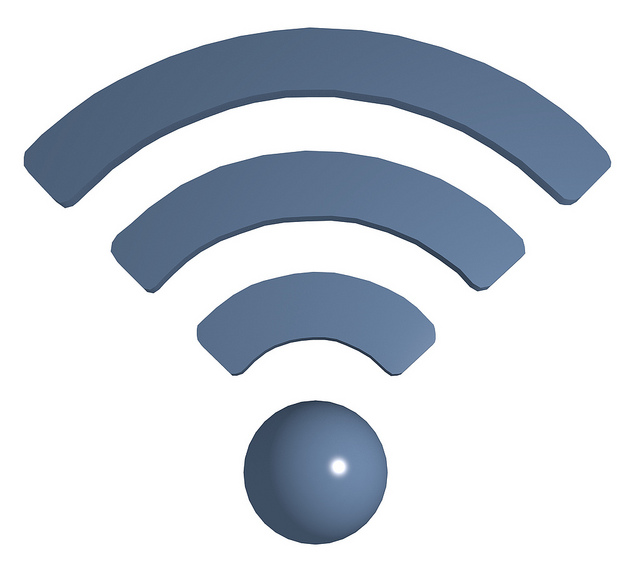

Photo by FutUndBeidl is licensed under CC BY 2.0
We’re here – right in the middle of the Internet of Things (IoT)!
Environmental sensing … 3-D printing … genetic engineering … smart houses … self-driving cars … wearable technology … regeneration of body parts … sustainable agriculture methods … big data with the capability to analyze anything and everything.
It’s a world that few, if any, would have believed possible just three decades ago. But, for those of us living in today’s world that relies on technology for almost every critical aspect of life, it’s important to grasp the significance of what it all means and find ways to adapt it to our advantage.
First of all, it is important to reevaluate “technology” and recognize it for what it is – part of every aspect of life. It’s a critical part of business, communication, education, government, travel, religion, health care, transportation, financial services, safety, sustainability and the nation’s global competitiveness.
Not only is this a time of great change for individuals, but it is also a period of historical upheaval for public officials. Public-sector services need the cost savings, efficiency and security of technology.
The IoT provides the capability to monitor pollution levels, direct traffic, handle thousands of calls, monitor emergencies and facilitate citizen transactions 24/7. But, the capabilities are so great, it is impossible to list them all. In cities where parking spaces cover a significant portion of the downtown, officials can deploy sensors to monitor parking and regulate the cost of spaces based on demand.
Chicago has been a leader in the IoT world. One successful program involves data-collecting sensors that have been placed on light poles. The sensors measure sound, heat, precipitation and wind. They also track how many people are in a given area by detecting Bluetooth and WiFi signals from individual cellphones. Though there are some concerns that these sensors could put too much information in the hands of the government, Chicago has reported that the data will soon be published so that researchers and developers can use it. The hope is that traffic data may spur retail development. If so, the city will benefit financially as a result of IoT.
In California, Google, in collaboration with the Bay Area Air Quality Management District, is putting air quality and climate sensors on a few of its Street View cars to gather information at the street level. This mobile approach to the IoT will enable city officials to isolate specific streets with poor air quality and find ways to improve it.
Last month, the White House announced that $160 million will be spent on forming what it calls “smart cities” – cities wired with sensors that communicate data to local nonprofits, companies and governments. The Department of Homeland Security also contributed $50 million and will use the IoT to develop emergency response technologies that improve safety for first responders.
It is estimated that global public-sector entities will spend $4.6 trillion over the next decade on IoT solutions. As sensors are deployed and devices become more interconnected, new industries will emerge. This, in turn, will create an economic stimulus and spin off new jobs.
IoT has created an era of innovation, creativity and entrepreneurial thinking in government. Companies with technology solutions should aggressively look for ways to help public officials provide services.
